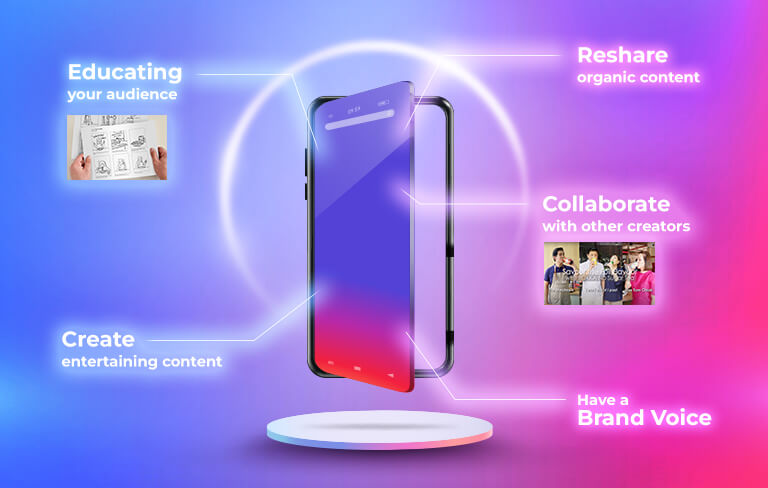A website is one of the most important assets for a brand, especially in the digital world today where consumers are accustomed to searching for product information online. Building a strong online presence is absolutely crucial for brands to connect with consumers and stay relevant. However, a full website isn’t always the ideal solution for every digital endeavour and a microsite could come in as a more well-suited marketing tool in certain situations.
What is a Microsite?
A microsite is a scaled-down site that usually consists of a single page or a small group of pages that comes with their own domain name or a distinct subdomain within the brand’s main website. In contrast to their parent websites, microsites tend to be around for a shorter duration of a few months or over a campaign’s duration. So what is a microsite used for, and how do you decide if your brand needs one?
Perfect platform for collecting leads and driving sales
Because a microsite focuses on specific specialised content, it provides SEO advantages which enables it to be promoted in a more targeted way than your primary site – such as through establishing a highly targeted domain name and use of SEO keywords without being restrained by search terms dictated by your primary website. By driving highly targeted traffic to your microsite coupled with better engagement through specialised content, brands are able to obtain higher intent leads and conversions as a result. Check out how Mashwire drove conversions for a healthcare services provider with the use of a well-executed microsite.
Limited-Time Offers
Sometimes, you want to create a sense of urgency and boost sales with limited-time offers. In these situations, a microsite can be a powerful tool. While your website may consist of numerous pages jam packed with products, blog posts and multimedia, a microsite focuses on a particular event, campaign or promotional content that could otherwise get lost if it were placed on the main website. Due to the concise navigation and more targeted content, a microsite effectively leads visitors through critical elements of the offer, making it well-suited for short term marketing campaigns built around limited-time offerings.
Targeting Specific Audiences
Specifically, microsites are great for communicating to a specific subset of your target audience. For example, if your brand is experimenting with a niche product collection or event that may not appeal to the brand’s typical audience, a microsite is a great platform for companies to use alternative content strategies – be it trying out a new look and feel for your brand, exploring a different vertical, getting started with a unique selection of products or launching a new brand initiative. While primary corporate or brand websites can be quite rigid in structure, design and content consistency, Microsites allow for brands to get creative and reach out to specific audiences without distracting your regular target audience.
Bottom Line
While microsites are not a must-have in every marketing plan, they can be a formidable weapon in your marketing arsenal. In determining whether you need a microsite, some points to consider would be your campaign period, the uniqueness of your campaign – whether or not running the campaign on your main website will be distracting for regular customers, as well as the flexibility of your current website when it comes to adding a new group of pages.
Need more information or assistance on developing a microsite? Hit us up for a chat today!





